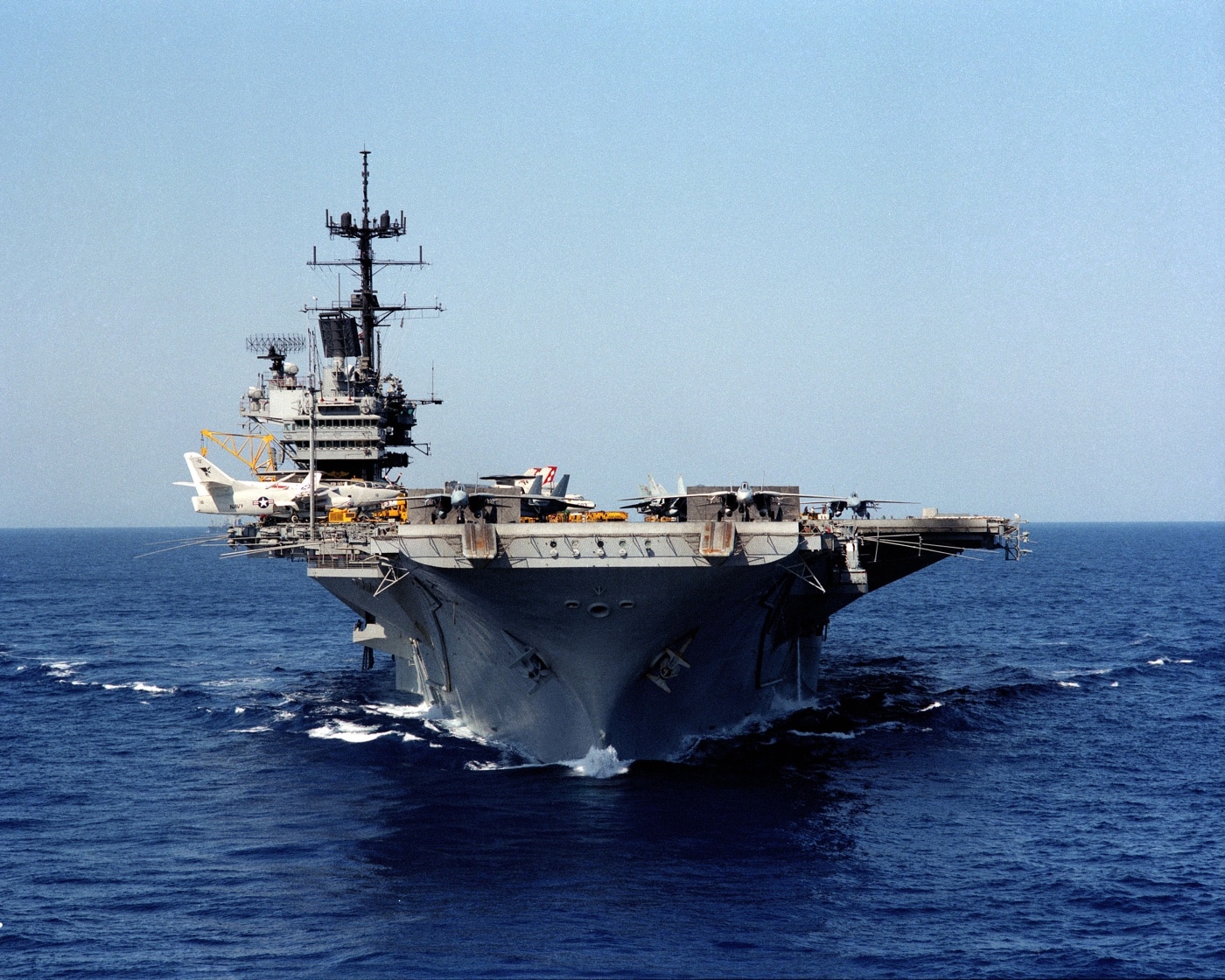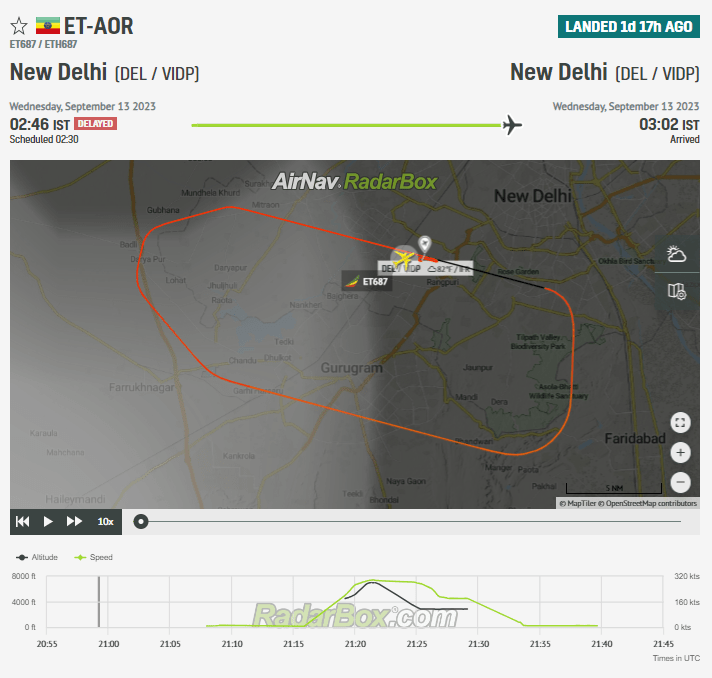


The video below shows a simulator landing at runway 13L at New York's JFK Airport. The HUD enables us to do all these tasks together - look out of the windshield at the runway without having to momentarily look inside to scan the flight parameters. This is very often done whilst in cloud, expecting to see the runway at any moment. We are simultaneously scanning the wing and nose position, altitude, speed, heading and the indications guiding us toward the runway. At these late stages of flight, we are working our hardest. Whilst it's great during takeoff, it really comes into its own when on approach. The brightness of this display can be controlled manually to suit the outside lighting conditions. This is then projected onto the combiner glass in front of the pilot's face, which then displays the PFD image. The image on the HUD is created by a projector that sits just above the pilot's head. By displaying the information from the PFD, the HUD enables us to monitor all the flight parameters whilst simultaneously looking out of the windshield. In other aircraft types, pilots fly by constantly switching their attention between the screens inside and the view outside. The defining feature of the 787 flight deck, the Head Up Display (HUD), is military technology in civilian clothing. This is the current pressure on the ground and indicates the altitude of the aircraft - its heigh above sea level. Below the altitude indication is the pressure setting, here at 1023 HPA. On the ground here, it shows the aircraft at 100 feet above sea level. The next magenta number is the selected altitude - the one at which the Autopilot will stop at unless told otherwise.īelow the selected altitude is the altimeter scale, which shows how high the aircraft is. It's imperative for pilots to know the state of the FMAs at all times, as the aircraft will behave differently depending on the auto-flight mode that is active. As there are a number of different ways of flying the aircraft depending on what the priority is (speed, altitude profile, lateral guidance, etc.), the FMAs tell us which auto-flight mode is active. In magenta is the speed selected in the glare-shield panel (more on this later) and then across the top are the Flight Mode Annunciations - FMAs. On the ground, it has a minimum value of 30kts. Moving to the left and in a clockwise direction is the airspeed indicator, indicating how fast the wind is moving over the wings, measured in knots. On the ground, as you would imagine, they are level. Starting in the center, the two L shapes on their side represent the wings.


 0 kommentar(er)
0 kommentar(er)
